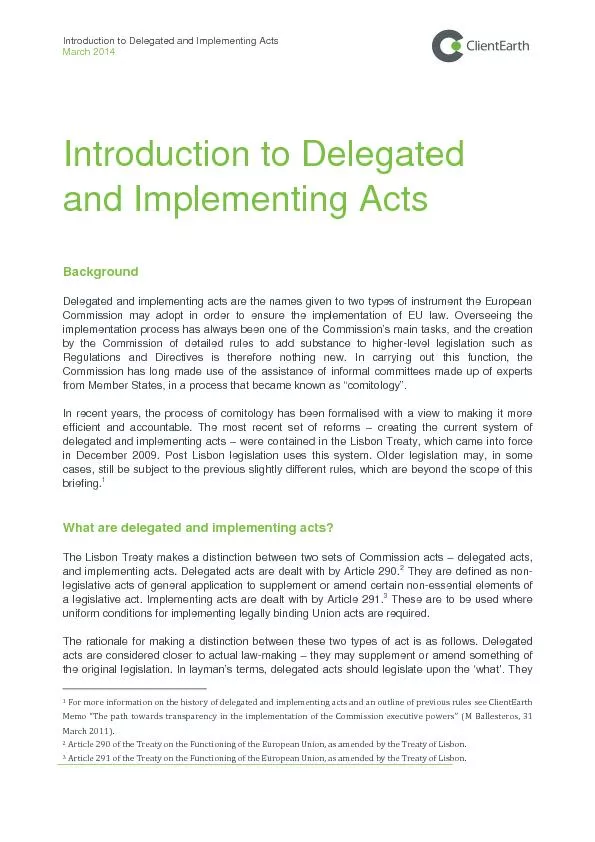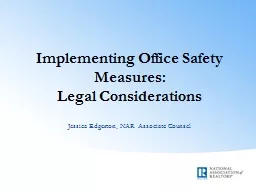PPT-The Palmolive Effect: A model for implementing
Author : mitsue-stanley | Published Date : 2018-09-21
OpenPOWER hardware into a heterogeneous infrastructure Jobs Run on Mix Architecture While Users Get Coffee Creating a mix architecture that incorporates the best
Presentation Embed Code
Download Presentation
Download Presentation The PPT/PDF document "The Palmolive Effect: A model for implem..." is the property of its rightful owner. Permission is granted to download and print the materials on this website for personal, non-commercial use only, and to display it on your personal computer provided you do not modify the materials and that you retain all copyright notices contained in the materials. By downloading content from our website, you accept the terms of this agreement.
The Palmolive Effect: A model for implementing: Transcript
Download Rules Of Document
"The Palmolive Effect: A model for implementing"The content belongs to its owner. You may download and print it for personal use, without modification, and keep all copyright notices. By downloading, you agree to these terms.
Related Documents














